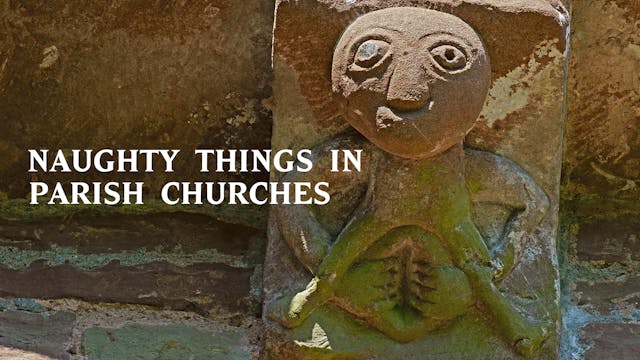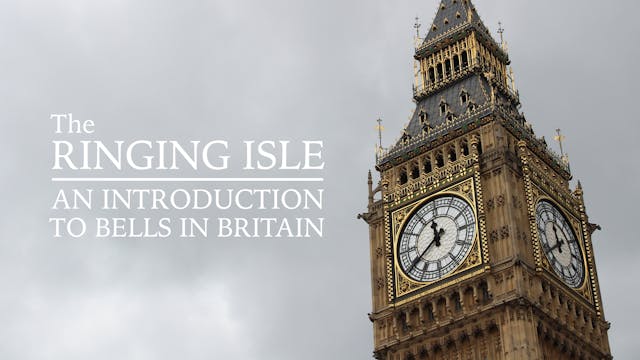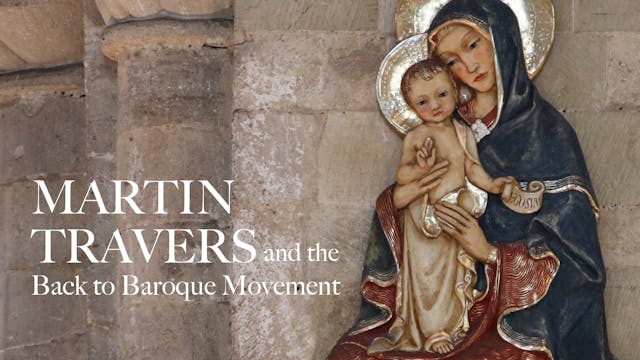Matilda of Canossa and the conservation of ancient churches
Our Free Lectures
•
51m
The medieval countess Matilda of Canossa (1046-1115) left a cultural legacy at her death that includes many of the monuments listed by UNESCO as among the heritage of our world. These include cathedrals at the center of Florence, Ferrara, Lucca, Mantua, Modena, Pisa, and Volterra. Known in Italy as the Gran Contessa, her memory is preserved in medieval structures throughout her ancestral lands that stretched from the foothills of the Alps to the northern border of Rome. Matilda’s name is etched in history because the historic humiliation of the German King Henry IV before Pope Gregory VII occurred at her castle of Canossa. She did more than make lunch, however. Her building program supported the policies enunciated by her political ally, Pope Gregory VII, to renew the ancient roots of the Christian Roman Empire. Matilda’s alliance with papal Rome broke Germany’s feudal hold over northern Italy. At her death, the history of the free Italian communes begins.
This lecture will offer highlights of Matilda’s life through images of buildings she built or conserved, along with suggested itineraries for travelers.
Michèle K. Spike has written and lectured widely on the life and times of Matilda of Canossa including a biography published in English in 2004, Tuscan Countess: The Life and Extraordinary Times of Matilda of Canossa (The Vendome Press, New York, 2004), and in Italian in 2007, Matilda di Canossa: Vita di una donna che trasformò la storia (Aliberti, Reggio nell’Emilia).
The year 2015 marked the 900th anniversary of the death of the Countess Matilda. To commemorate that milestone, Spike curated two exhibitions: Matilda of Canossa and the Origins of the Renaissance (February – April 2015), for The Muscarelle Museum of Art, Williamsburg, Virginia, and Matilda di Canossa (1046-1115): La donna che mutò il corso della storia / Matilda of Canossa (1046-1115): The Woman who Changed the Course of History (June – October, 2016) for the Casa Buonarroti in Florence, Italy. As part of the 900th anniversary events, Spike also published An Illustrated Guide to the ‘One Hundred Churches’ of Matilda of Canossa, Countess of Tuscany (Centro Di, Florence, 2015).
Michèle K. Spike is a member of the Bar of the State of New York and, since 2012, taught as an adjunct professor at the Marshall Wythe School of Law at The College of William & Mary. Since 1989, Michele and her husband, art historian John T. Spike, have divided their time between the United States and Florence, Italy.
Up Next in Our Free Lectures
-
Naughty Things In Parish Churches
Gazing at the inside or outside of an historic church, your eyes are likely to encounter strange beasts, frolicking figures and twisted foliage staring back at you from doorways, windows, friezes, corbel tables, roof bosses and stained glass – although plenty are just hidden enough to fool the ey...
-
The Ringing Isle: An Introduction to ...
An introductory canter across the centuries, exploring aspects of church bells and bellringing? How did Britain come to have ‘bells so many and so tuneable’? What purposes did they serve? What powers were they believed to have? And how are they faring today?
Gareth Davies is a postgraduate resea...
-
Martin Travers and the Back to Baroqu...
Martin Travers (1886-1948) was one of the leading church furnishers and stained glass artists of his generation.
His personal life was complicated but he managed to attract a primarily Anglo-Catholic clientele, particularly in the years after the First World War (when church furnishers were busy...



